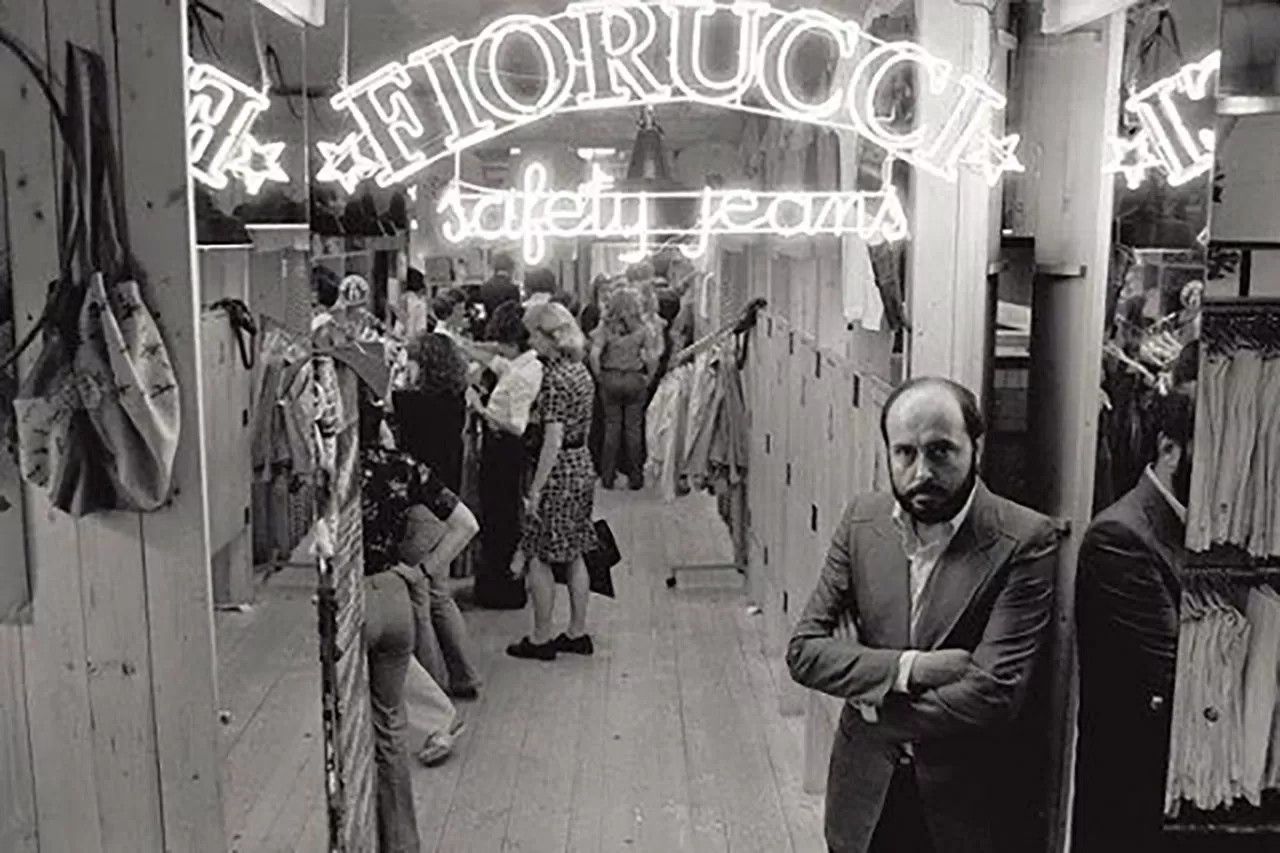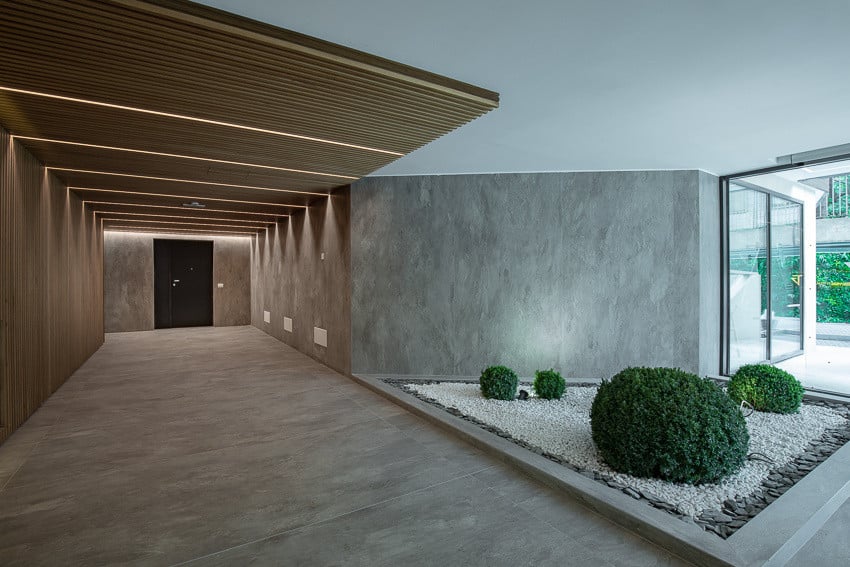“The first time Andy Warhol came into my store was in 1977. It was the only store to also have a cafeteria, where they used to organise cultural events, transforming it into curious, fearless and playful stage, and he was so enchanted that he decided that it was the ideal place to launch copies of his revolutionary magazine Interview”. With these words, Elio Fiorucci emotionally recalls not just the incursions of the father of Pop Art into his store, but reveals the key principles for contemporary retail design.

Fiorucci Shop in the 70s – New York (USA)
Space as a Sensory Experience
If it was already so in the 1970s, retail design is today more than ever exposed to various dynamic external stimuli which reflect ongoing changes in communication, largely resulting from online shopping. Once, a store, boutique or a showroom were, by definition, exhibition and sales spaces; recognisable and identifiable places for a particular brand which remained often unchanged for many years, a direct testimony to the company’s strength and durability. In the era of Instagram, virtual reality and the last frontiers of digital marketing, those same commercial spaces are only one of the many points – physical and otherwise – where merchandise can be displayed.
This leads to the question: are the classic high street shops soon destined to disappear or fade away? No, on the contrary, they have some aces up their sleeves that the virtual world does not possess: the possibility to trigger the senses through the use and integration of the materials by stimulating the individuals ability to perceive them, in other words moving them and providing a more fully-rounded experience. For example, let’s draw a parallel with the publishing world. With the arrival onto the market of e-books, the doomsday scenarios contained in Fahrenheit 451 abounded, however reading books in digital form has not supplanted reading printed books. On the contrary, it has exalted its characteristics: the use of different sizes, card, graphics, fonts, binding, the smell (or rather the scent) of the paper. The youth market moves in this way, opposite to how you would imagine: a study published by the Washington Post showed that students today prefer printed rather than e-books.
Designing the Shopping Experience
Architecture, as Le Corbusier said, “is the learned game, correct and magnificent of the forms assembled in the light”, in other words only a beautiful design can leave you with an unforgettable spatial experience and that, at least for the time being, is not possible in the virtual world. Aided by the multiplicity of languages and forms of communication used and the inexorable growth of online shopping, the physicality of the customer experience is a condition to be kept in mind during the design phase. Indeed, technological evolution over the years has decisively affected the way we learn about and buy new products.
The shop – to use an English word with a wider meaning we will say store – is a place that nowadays serves not only to sell merchandise, but is necessary as a powerful tool for communicating brand values and surrounding customers in a spatial experience.

Puma store – Herzogenaurach (DE)
Certain stores have reinforced the brand’s identity more that the individual products, thereby increasing and enhancing their value. The boutiques of a famous Italian brand designed by the Dutch firm OMA are some examples of this: the New York branch is structured around an exhibition staircase that transforms into a curved surface, while the Los Angles branch looks from the outside like an austere monolith, but allows the inside to be seen through glass cones. These retail design experiences have accompanied the mutation of the sales space towards something else, allowing it to be opened up to other contexts, in other words by anchoring the acerbic ingredients of the Fiorucci stores into the retail design concept.
Password: Flexibility
Designers are increasingly requested to design retail spaces that are able to host different types of events, from the inauguration of a special collection during Design Week, to an art show, a film projection, a book presentation or a concert. Therefore, flexibility is a principal to be kept in mind. If the desire of every large company or a simple family-run business is to have increasingly loyal customers, the architecture of commercial spaces plays an essential role in achieving this objective. So the consumer will therefore feel part of a club where events and organised experiences dedicated to them will not just be focused on sales, but on reinforcing their multisensory relationship with the brand, deconstructing the simple purchase/sales experience, and will remain imprinted on the mind for some time.




